Table of Contents
In software development, the relations between product management and engineering are the factors that directly influence the project’s success. Productive and efficient partnerships are built as a result of hard work, joint accountability, and also separate lines of ownership.
There are no engineering teams, which would work smoothly with no interferences. As is often the case the main misunderstanding arises as a result of unrealistic expectations, difficulties with posing the tasks, biased tasks, unclear and unequal distribution of responsibilities, etc.
In this article we are going to discuss this problem from two sides of a medal, providing efficient tips from Altamira experts, which will allow us to overcome difficulties and avoid conflicts ensuring smooth and productive cooperation between product management and the engineering team.
As a bonus, uncover the unique tips from our expert – Valleriia Allianova, who has 7+ years of experience in managing big teams in successful project. Find the insider info in the end of the article!
Main roles and shared responsibilities of PMs and engineers
Healthy relationships between product managers and engineering team are critical for achieving successful results. A real working environment presupposes overcoming several challenges. Product management specialists need to recreate the abstract idea of the customer turning it into a tangible product, which will be built by engineers.
What are the primary responsibilities of product managers (PM)?
A product manager leads the cross-functional team responsible for improving the product. They are connecting customers, software engineers, marketing, and sales departments. Leading the product development, they are responsible for showing engineers the right direction.
They are responsible for providing teams with a shared understanding of customers’ problems and efficient ways to solve them. PM responsibilities include product and business strategy, roadmap, features definition, and profit and loss responsibilities.
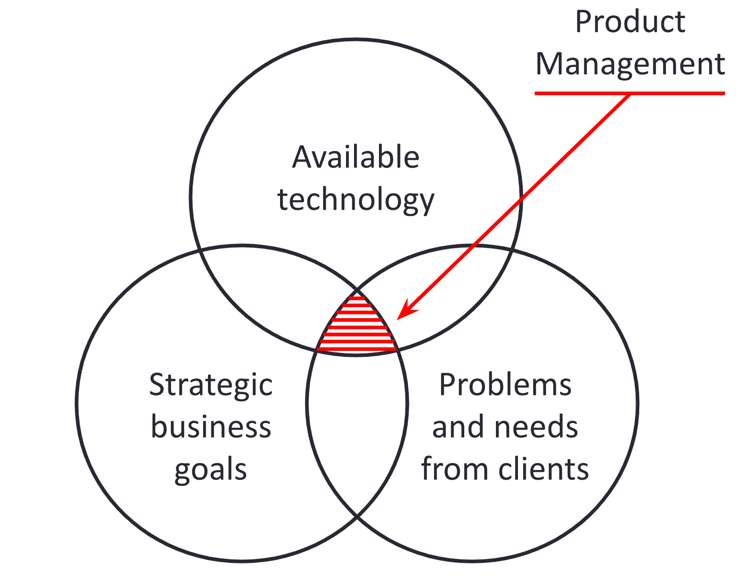
A product manager should provide an environment of safety and empowerment for the team. PMs are the voice of the customer. The main responsibility of the PM is to solve as many issues as it is possible during the day. On the contrary, an engineer has to perform one particular task with maximum efficiency.
The role of the product engineering team
While product manager communicates and manages the software development team within a scrum management process, product engineers’ responsibilities are mostly technology focused. They have proven trust from customers, development engineers, and an understanding of tech challenges.
A very important aspect of their cooperation if understanding who is responsible for the decisions at a particular stage of the product lifecycle.
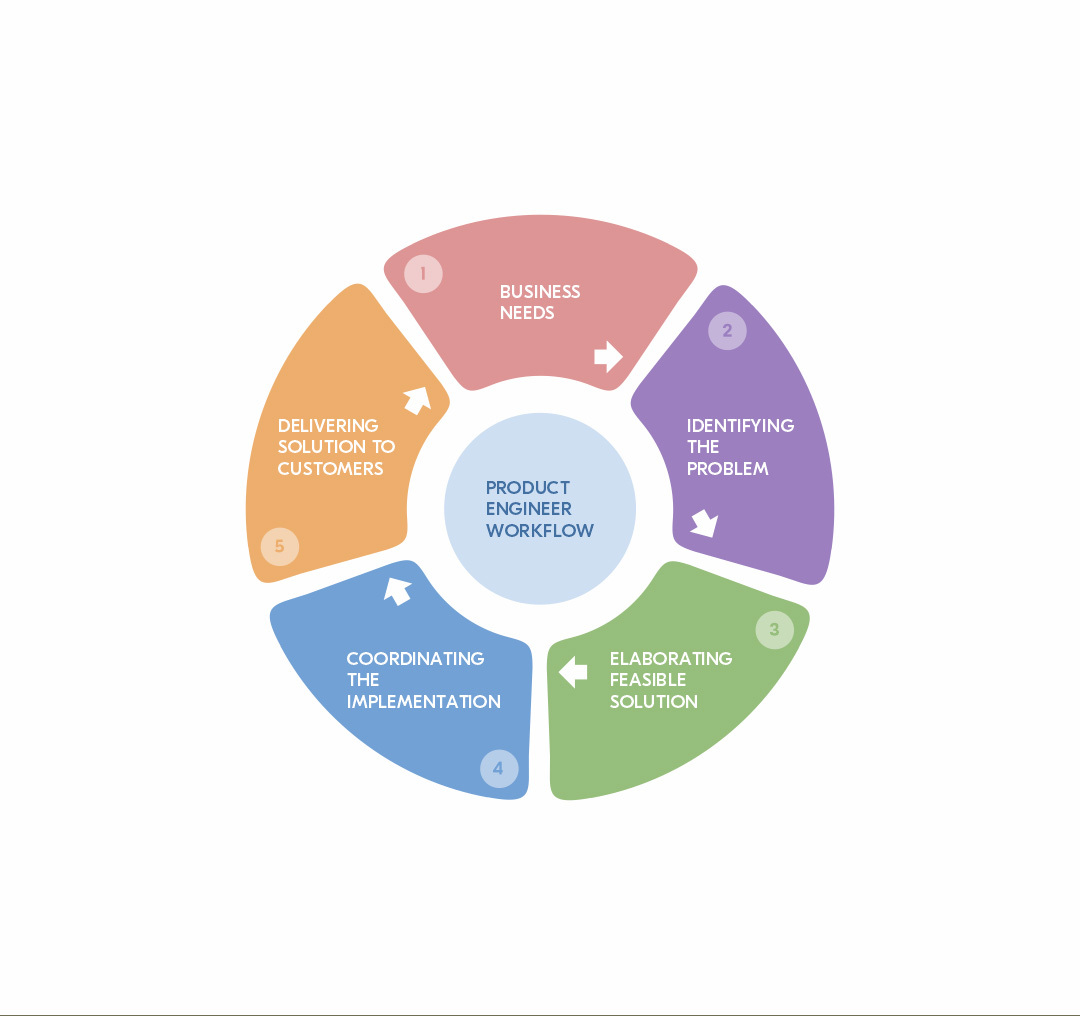
The characteristics of the product engineer’s work:
- Engineers are detail-oriented hoover they have rather limited customer visibility.
- The project manager needs to be able to communicate the big vision to the product engineer.
- Engineers should be able to predict and assess the risks of each solution being proposed.
- Engineers should structure their communication to establish real business value. Sometimes engineers are working on separate tasks like code refactoring or eliminating technical debt. Communication with the pm allows understanding of how the particular task adds value to global business.
- Responsibility. Once the engineer becomes a part of the team, he gets ownership and is accountable for finishing the particular tasks as a team.
- User empathy. Engineering team should try to understand the user and figure out ways to make an app more user-friendly.
Frameworks for decision making and conflict management
Collaboration
All the members of a team organize meet-ups. Pm has to listen to every person and provide each member of a team with an ability to stay connected, express one’s thoughts, and incorporate feedback.
Escalation
You need to make the decision anyway and thus escalate it to the powers above you. Thus they impose and force down the decision on you.
Accommodation
There can be also an accommodative approach, where the accent input on agreements, putting the disputable questions away for later times and then returning to them.
Tips allowing to build productive communication
- Invest in building cohesive and inclusive teams where members and their diverse ideas are encouraged and respected.
- Define a shared vision, and understand mutual interests so that it fitted the global, larger organization’s picture.
- Establish riels and responsibilities compulsory for each member of a team, and define the best framework for management and conflict resolution.
- Make sure to establish common prioritization framework philosophy and incorporate feedback and it will improve the whole process.
- Both for project managers and engineers it is important to invest in their personal growth. It will allow for the amplification of positive team dynamics in times of uncertainty and changes.
Together with product engineers, product managers are responsible for adjusting the course as they are from the customers, they succeed and fail as a unit.
How to find the balance between product management/engineering?
A healthy tension between these both creates productive cooperation, encourages critical thinking, innovative ideas, and efficient problem-solving. However, harmony should overpass the tension and it is really possible.
Separate ownership
Both product managers and engineers have separate ownership over their decisions. When everyone is responsible for the decision taken
Establish a common direction
Product managers are responsible for a clear vision of the product, and measurable goals, and well define future plans to have a common direction to move forward. They should communicate the strategic direction to the predicted engineers creating the visualization with the product roadmap.
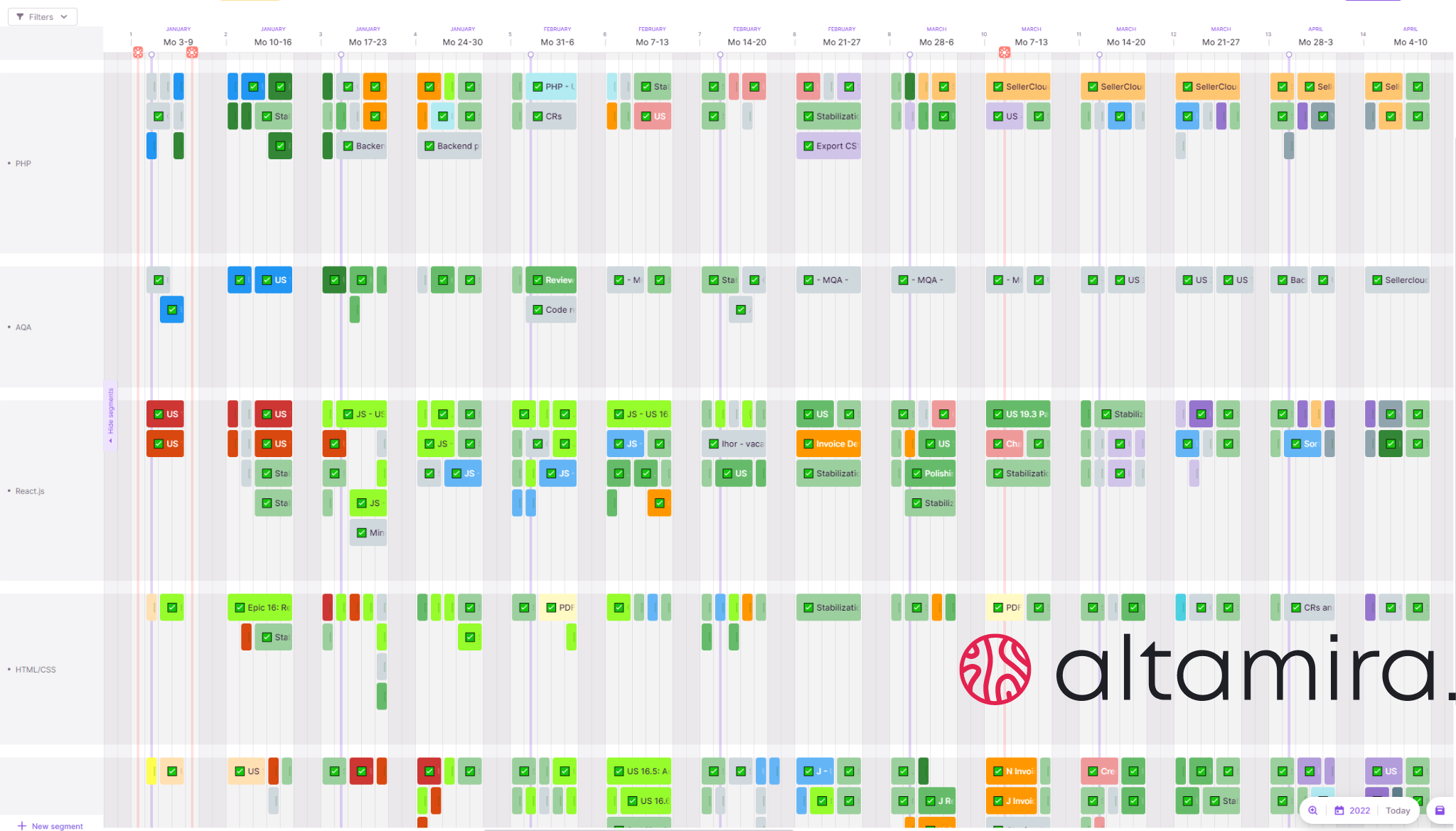
Understanding of the technical aspects
Engineers are not simply responsible for technical requirements for the product. They determine the infrastructure, programming languages, database needs, and non-functional requirements.
Proiritizing
Wise decision-making, strong priorities, well-defined requirements, and adjusting of the scope and timing will make the job of product engineers much easier and more consistent.
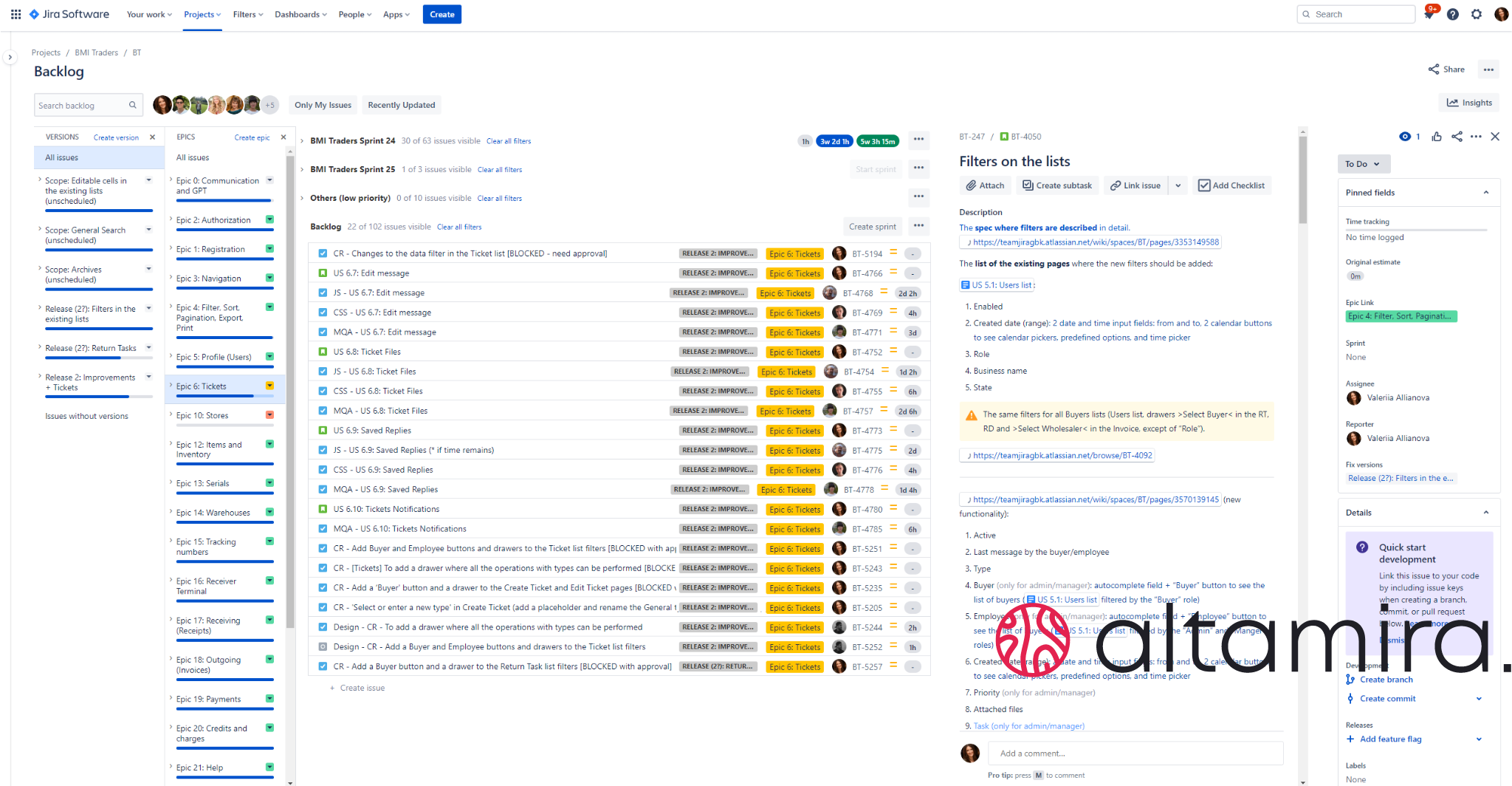
Transperancy
Clear responsibilities and defined workflows for each phase of the development cycle will allow product managers and engineers to productively collaborate on defining features, prioritizing, release planning, and process tracking.
Plan with conviction
Ideally, planned activities must be decisive and understand the resources needed. Do you know which features should be prioritized? But in a situation where the customer needs are not clearly identified then do it in engineering instead.
Changing priorities can frustrate them and waste time by modifying things that have already been done before. When you need feedback about the difficulty in solving problems, send engineers early to give feedback. This can assist with understanding technical issues that could require extra planning.
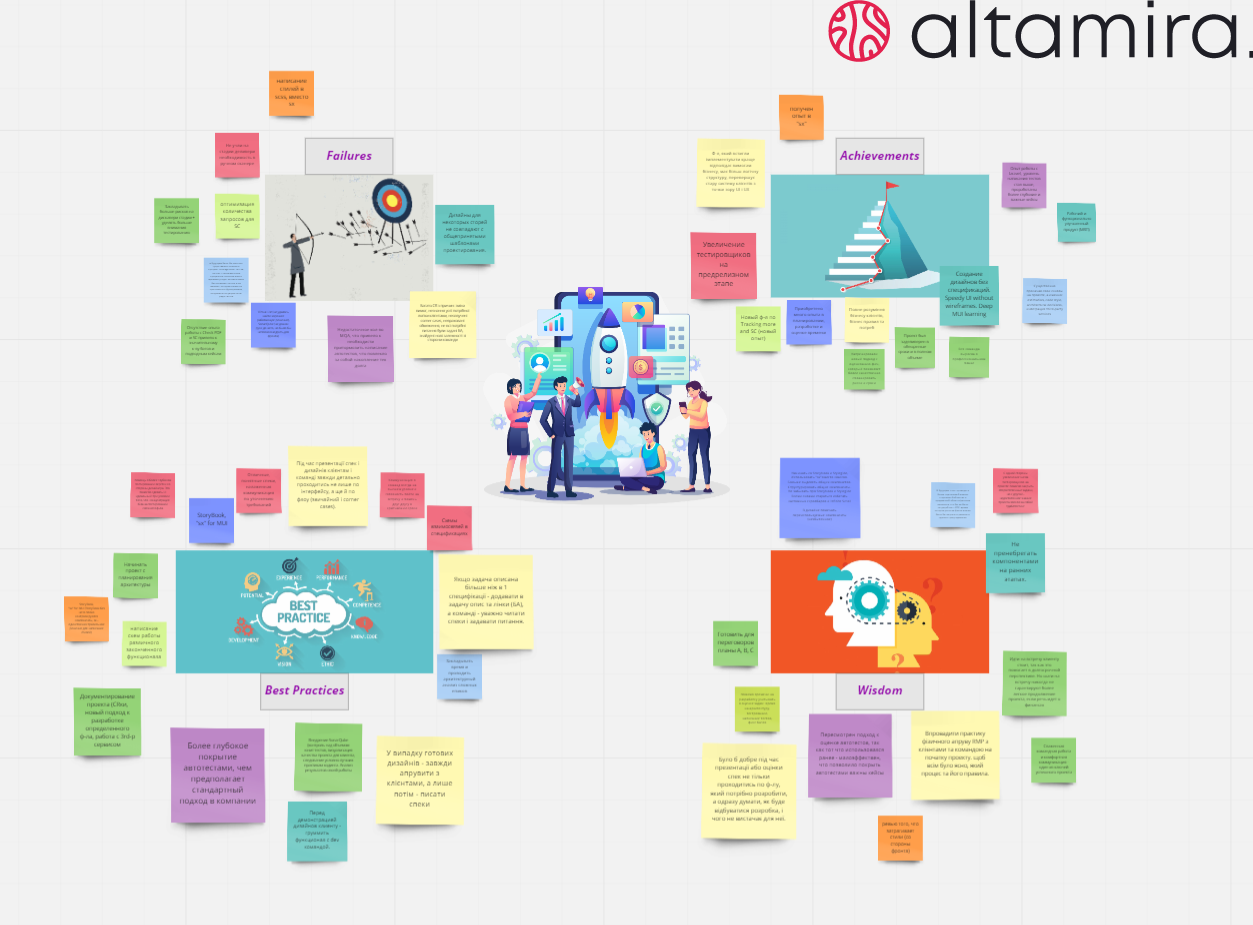
The relationships between a product manager and product engineers in Altamira
At Altamira, we have developers who care about customers and aim to create unique products offering impressive experiences. We have managed to build productive cooperation inside of the team and want to share personal experiences, allowing us to build a healthy partnership between PM and enginneers:
The shared feeling of duty
Inside our team, everyone contributes to the project’s success. Each member of a project team has a role, and clearly defined responsibilities, and cooperates together sharing ideas and solving challenges. Together, they come to better solutions and achieve common goals.
Efficient project management requires the use of helping tools. In Altamira, we use Atlassian products – Jira and Confluence, which are considered to be the golden standard of project management and prove their efficiency in practice.
In Jira, the team has access to all the pending tasks and additional info, including a shared knowledge base, and works within the project workflow. For managers is essential to report functionality within Jira. It allows for tracking project status, predicting potential difficulties and problems, and tracing the overall performance of the team.
Confluence allows all members of the team including product managers and engineers to have all documentation structured and in hand, so confusion on process or misinformation are minimized. This is the space for gathering all details and information related to the current project, including meetings notes, project vision, product requirements, files, reports, work instructions, etc.
The other important thing is managing and allocating the resources, including time and budgeting as well as distributing the experts in accordance with the arising project needs. For this purpose, we use the in-house developed tool called Acreview. It allows tracking of the availability of the experts, distributes the loading, tracks the performance of all experts working on current projects, etc.
Involvement and contribution
At Altamira, the contribution of each member of a team working on particular project matters. We gather input from all team members in planning the roadmap, encourage engineers to participate in brainstorming sessions, and encourage sharing valuable ideas on tech solutions. Shared contributions and common efforts allow us to build big things together.
Clear roles and responsibilities
Clearly defined roles and responsibilities allow us to avoid misunderstanding and clearly distinguish the areas of responsibility across the development team. Mutual respect and commitment to helping each other succeed for the sake of common results allowed us to build a great team.
Top tips from our Expert
A team can be successful only when everyone is looking in the same direction. Efficient communication is key to a successful project. But how to achieve it when the project just started, the team members have never worked together before and the requirements are not clear yet?
Here at Altamira, we know the answer. With years of work with multifunctional teams of different sizes and authority levels, we discovered a couple of tips&tricks that help our Project Managers and Engineering teams to reduce the time for communication and remain on the same page.
1. Explain ‘what’ and ‘why’. Being experts in different fields, everyone could see the same question from a completely different perspective. When you have a topic to discuss – start with a brief explanation of ‘what’ it means for the client’s business and ‘why’ we should discuss it. This way you can ensure that the results of your brainstorming are focused on what really matters.
2. Communicate milestones and deadlines. You as a Project Manager always keep the timelines in front of your eyes. However, the team would always pay more attention to tasks and coding. A good idea is to organize short but regular review sessions and to communicate the key dates and how you are progressing compared to the initial schedule. This will help to keep in mind the deadlines, discover and mitigate additional risks as well as react to the existing delays in time.
3. Keep the information organized. It’s always better to see something once than to hear about it a thousand times. You should try to organize the information in a way it’s easy to read.
For example, you can simplify the team’s routine and sprint planning by keeping the backlog in order. Use Epics&User Stories, Releases, group tasks by Sprints, complete Active Sprint in time, create Backlog tasks instead of oral agreements, add a clear description and expected results to the Tickets, etc. If you spend just 15-20 minutes on it daily, you will notice very soon that the number of questions decreased a lot.
Another good idea is to pin the roadmap of the project to the work chat. This way every team member could keep on track of the deadlines of his tasks and when the related roles finish their parts of work and unlock his/her work.
4. Analyze the results of work with the team. Regular retrospective sessions could help to figure out pitfalls and gaps in the work process. A tip here is to change the approach from time to time. Rephrase the same question and you will get a different answer. Another trick is to prepare biweekly PSRs (project status reports) which would contain a brief overview of every aspect of the project.
Compare the latest ones, indicate tendencies, and talk them over with the team. Keep the team informed about what’s happening on the project, and show the results of their work with numbers. Knowing it, the team will understand a direction, their strength and weaknesses, and how to improve their deliverables.
5. Underline the results of discussions and keep them noted. Sometimes the discussion could be so wide that it’s hard to understand what result the team came to. If nothing is done here, the results of the work could be very unpredictable. Your role here would be to facilitate the meeting and to help the team formulate a summary of the brainstorming. Fix them in the meeting notes, add action items, and indicate deadlines and the responsible person for each of them.
The way you formulate the action item is also critical. Be specific. You can use the ‘If… – then …’ or ‘What? Where? When?’ principles of wording to make the action items transparent and the expected results trackable.
Be creative and try different approaches until you find the right key for your team. And enjoy the result!
To sum up
Relations inside the team is the essential factor influencing the success of the project. However, a little tension often spices up the process, stimulates the arising of new ideas, allows to uncover great solutions, and finds non-standard ways of solving difficult tasks.
When it goes to finding the balance between product management and engineering teams you need to understand – communication is a magic wand. The other magic wands are the ability to discuss biased issues, distribution of responsibilities, understanding, and desire to contribute to the success of your common project.
At Altamira, our specialists always focus on the end result. They know that discussion and understanding may lead to finding the balance even in the most complicated cases.




